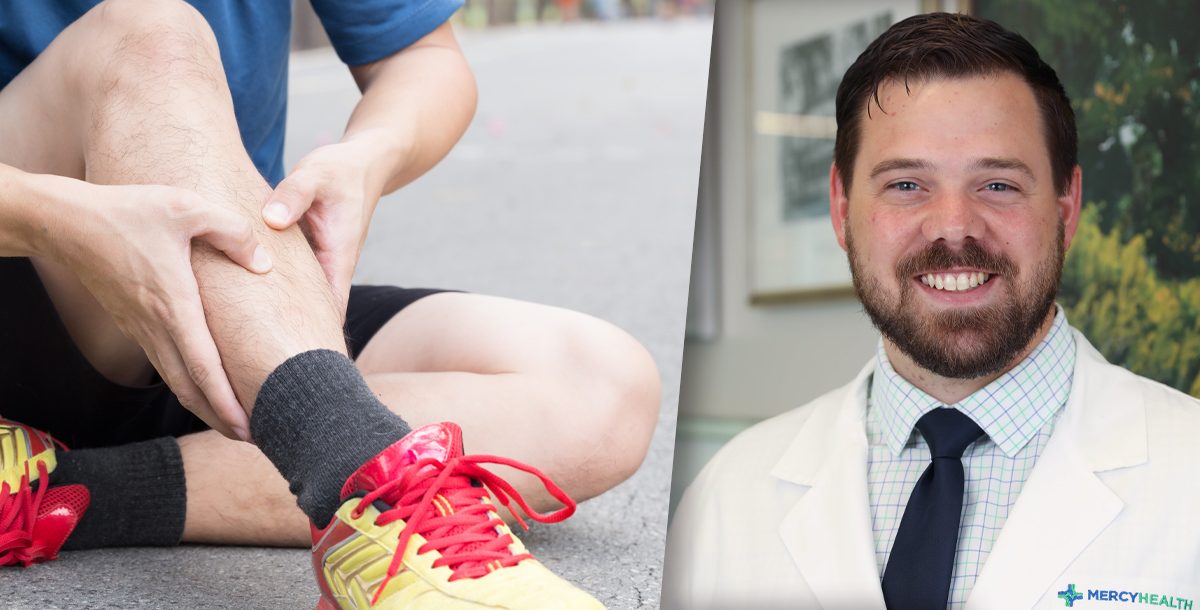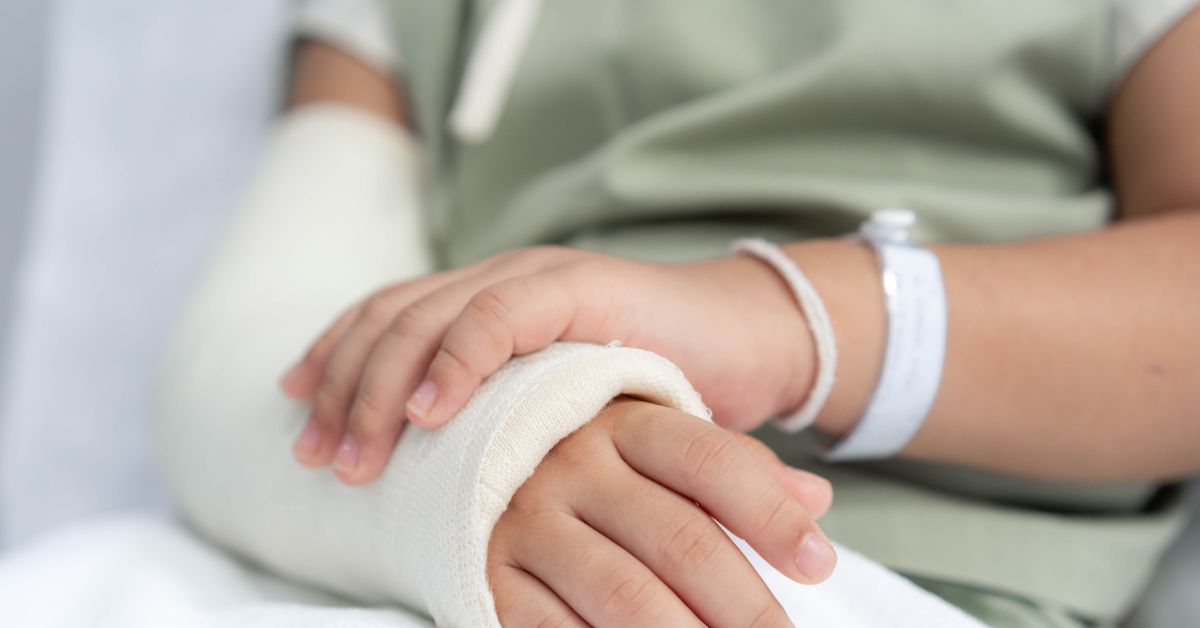Have you ever noticed tenderness or soreness around your lower leg, specifically over your shin?
This type of injury, commonly known as shin splints, is most often an overuse injury and can occur when someone increases their running distance or duration too quickly. Flat feet, lower leg muscle weakness, poor footwear and poor running technique can also lead to shin splints.
“The primary symptom of shin splints is often pain in the lower leg over the shin that is often worse with running, especially before warming up,” Chandler Brobst, MD, a sports medicine specialist at Mercy Health – Orthopedics and Sports Medicine, explains. “When the pain becomes more localized to a specific area, that is concerning for a stress fracture.”
The repeated use of your shins along with the pulling and tugging of the muscle around it can cause the shin bone to become inflamed, swollen and/or weakened.
To prevent or lower your risk of shin splints, Dr. Brobst recommends the following.
- Wear proper-fitting running shoes
- Give your body enough time to adjust to duration and speed changes in your exercise routine
- Avoid overdoing it
- Be aware of the impact you place on your shins
Dr. Brobst adds, “we can treat shin splints and other similar injuries, such as stress fractures and stress reactions, with rest and physical therapy.”
One tool at his disposal is the Alter G treadmill, which uses air pressure to help minimize the impact you put on your lower leg. This allows you to maintain your exercise routine while giving your legs the support needed to heal.
“We are very fortunate to have Alter G treadmills available at Mercy Health,” Dr. Brobst shares. “These treadmills allow patients to reduce the amount of body weight they are putting on the injured leg or legs, decreasing the amount of rest time they need and helping them get moving faster. The Alter G can help you gradually increase your running intensity by adding back your body weight slowly as you recover.”
Overall, when it comes to shin splints, taking things slow and listening to your care team are the keys to getting better.
“After these types of injuries, it is important that you gradually increase your exercise intensity to help avoid a recurrence of shin splints,” Dr. Brobst shares. “You should also continue any physical therapy exercises recommended by your therapist.”
Dr. Brobst adds, “our ministry is a great place to be seen for your injuries. We have a great team of physicians and physical therapists who work closely with our patients and treat them as individuals.”
Learn more about the orthopedics and sports medicine services we offer at Mercy Health.






